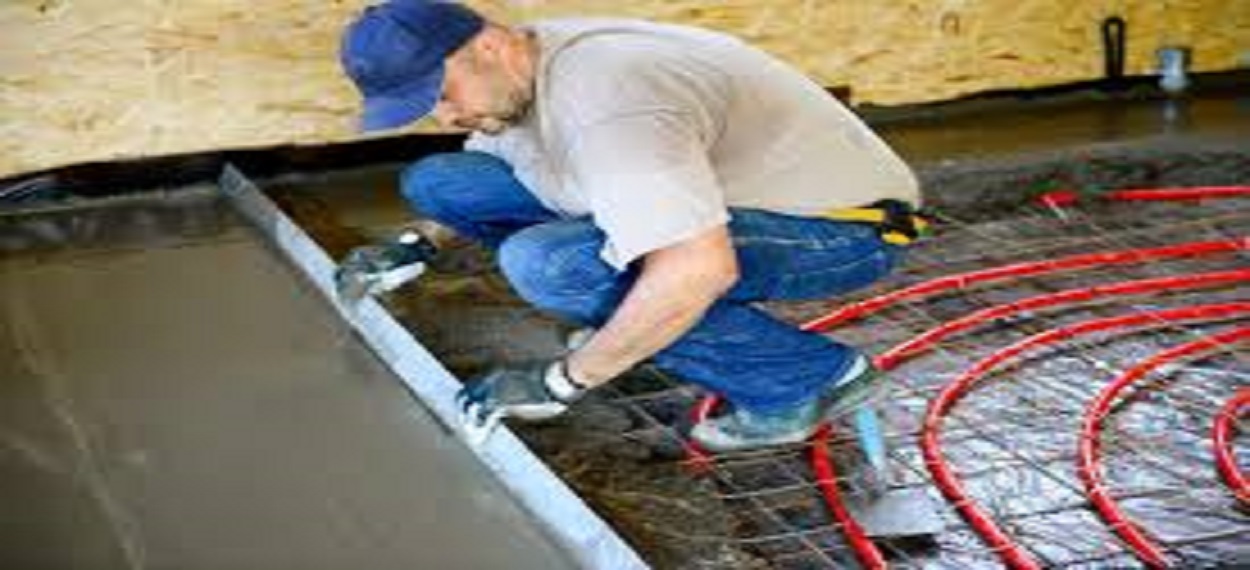In this article, thepassionatewriter.com will try to examine what are different types of screeding.
What is Alum?
Screed is a floor covering material. It is used very frequently in construction. It is applied directly to the concrete floor and its purpose is; It is to prepare a suitable ground for the next floor covering process after creating a surface at the desired level before the surface coating is applied afterward. After a smooth and aesthetic floor is obtained, the next floor application begins.
What is the Purpose of Use of Alum?
The first aim here is; Leveling is to protect the concrete poured surface from external factors. A second issue is to extend the life of the subsequent application and obtain a more solid result.
Screed Preparation Process
- First of all, the application area must be clean. Construction waste must be removed and adhesives and chemicals on the surface must be removed.
- After making sure that there is no dirt or dust left, the level of the floor to be screed should be determined and markings should be made on the wall edges.
- The thickness of the application process should be calculated carefully. The surface to be leveled is leveled from four corners. There is no need for elevation marking in the screed application made with cement. It is done in synthetic screed application.
- After the necessary markings, anos are placed according to the gauge length to be used so that they can be easily removed. Then they are checked one by one with a scale.
- It should be 0.2 – 0.5 mm for cement-containing screed and 0.5 – 3cm for synthetic screed.
Different Types of Screeding?
1. Self-Leveling (Levelling Screed)
It is cement-based. Placement is done by adding less water than traditional concrete. It just needs to be mixed with water and is easy to apply. Since it has a self-leveling feature, spreading with a trowel or comb will be sufficient. The screed automatically levels itself in the applied area. It dries quickly. After 3-4 hours, it reaches a consistency that can be walked on. It is suitable for areas where a very thin screed layer is required. During application, the material spread should be leveled within 2-3 minutes, starting from the middle part of the area, so that it is poured from 20 cm. It is left for three days before application.
2. Cement Based Screed (Concrete Screed)
It consists of a binder, aggregate and water. Leveling is done with a trowel. Its thickness is at least 2.5-3 cm. It should be kept wet for a week after application to prevent shrinkage cracks. It is widely used in residences. Sand and cement (binder) are used in a ratio of three to one.
3. Plaster Screed
The plaster used as Floor Screed is different from the plasters we know. While normal plasters are processed at 170°C, gypsum screed is fired at 800-900°C. The thickness of the plaster screed is between 2-3 mm. Anhydrite (a mineral without crystal water) consists of gypsum, sand and water. Provides a smooth and aesthetic surface. There is no need to pour with ano (guide). After it is made, two layers of linseed or linseed oil are applied and it can be polished if desired.
4. Xylolite Alum
Magnesium chloride is obtained by adding water and dye to magnesite (binder), sawdust or cork powder. Floor covering in the desired color can be created with dyestuff. It is generally applied on concrete floors. It consists of a coarse and a thin layer. The thickness of the first layer is 1.5 cm and the thickness of the second layer is 1 cm. It creates a smooth surface by itself. Thermal conductivity is low. It is in hot contact due to the wood dust inside. It is not suitable for use in wet areas because it is a water-sensitive material. It is prone to deformation.
5. Asphalt Screed
It is made with asphalt cement (bitumen), stone chips, and stone dust. It is 1-3 cm thick. It is heat-retaining, elastic, and does not retain dust. However, its resistance to point load effect is insufficient and it is suitable for use in humid places. Asphalt screeds are poured hot and shrink significantly as they cool.
What is the Sequence of Screeding?
After the surface to be leveled is leveled from the corners, leveling gauges are placed. The anoes placed while the screed is being poured are removed and the screed-casting process is performed instantly. The surface is leveled and leveled with a trowel.
Alum Casting Process
This process is divided into two. The casting process of cement screed and casting process of synthetic screed. Screed made with cement can be made in two ways: either by sprinkling it on the leveling concrete and wetting it or by mixing the cement with water and laying it on the ground. Synthetic screed is produced in factories and comes to the usage area directly in the form of a box and is applied directly to the floor from the box.

Leave a Reply